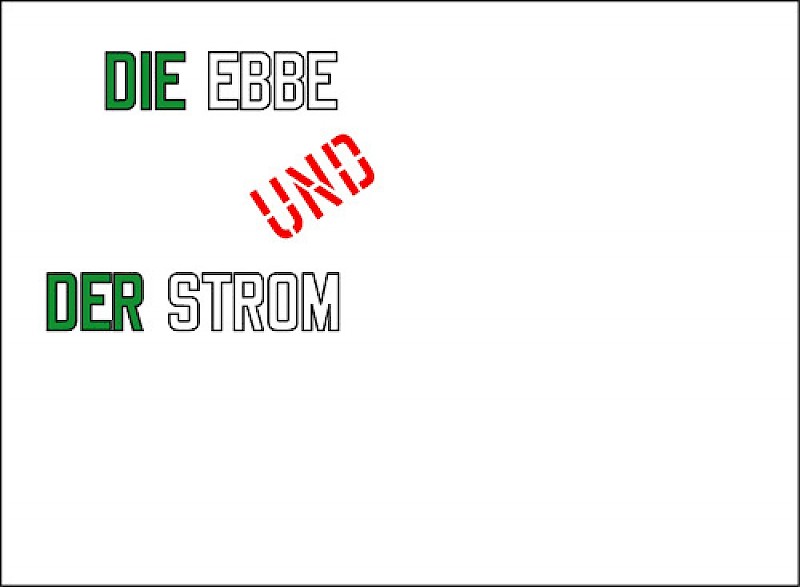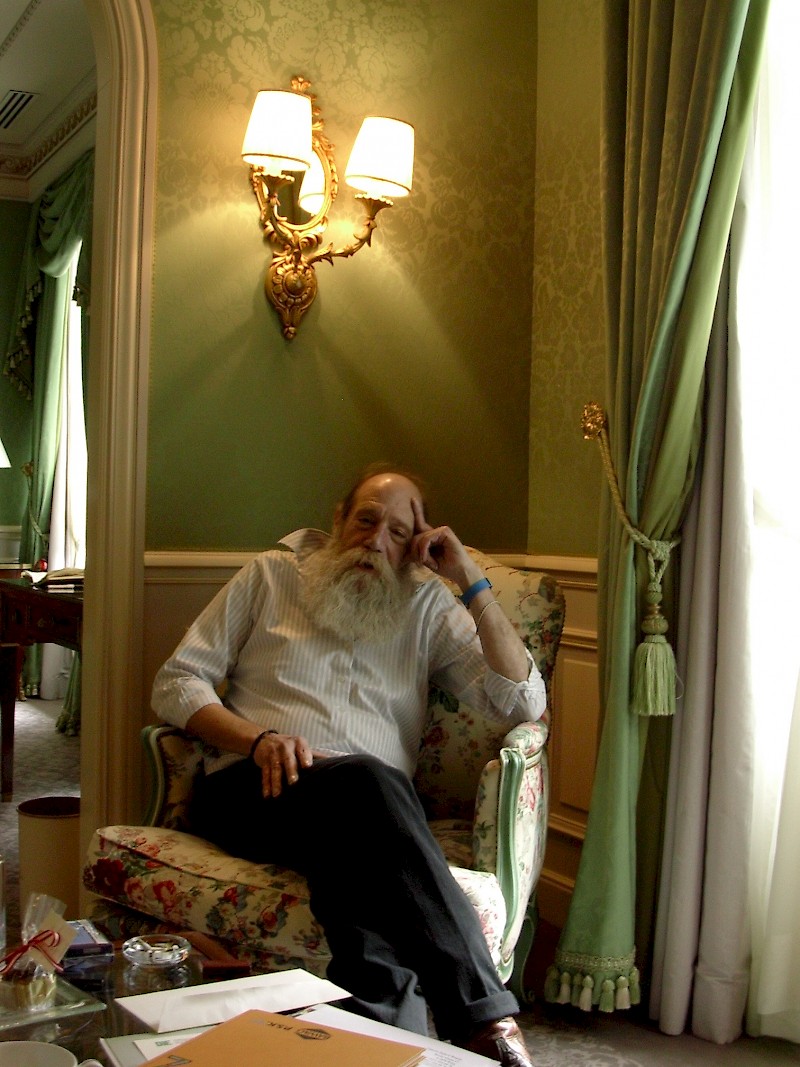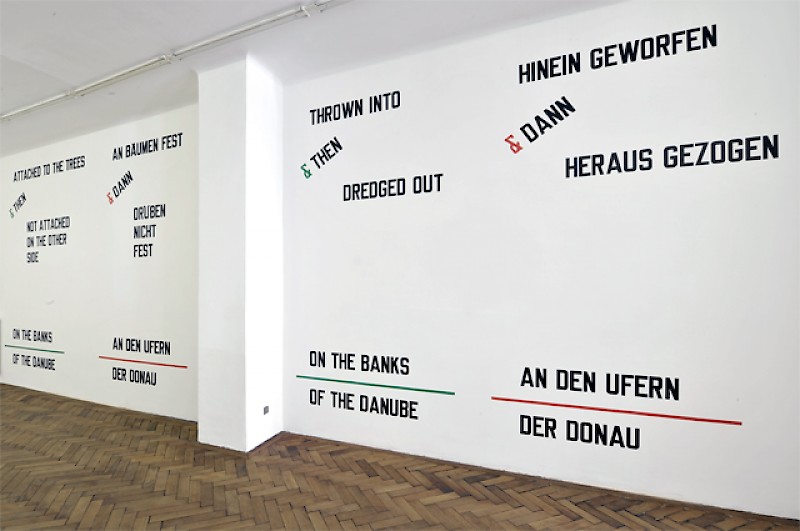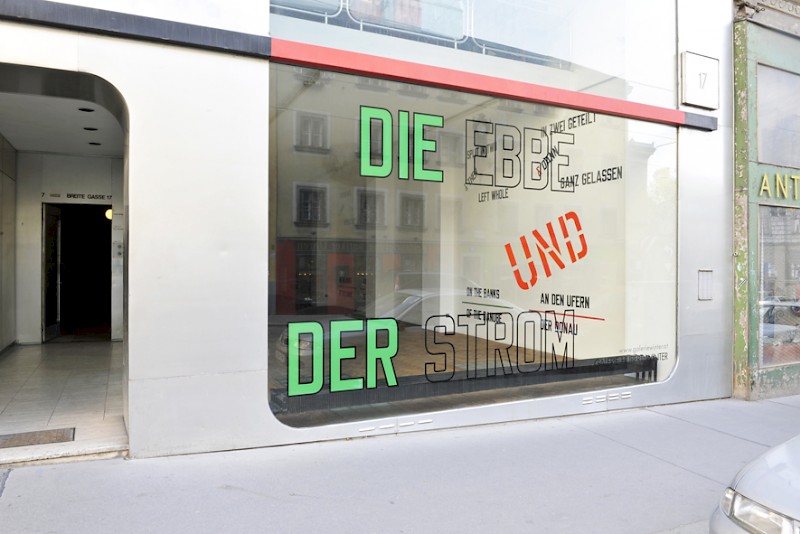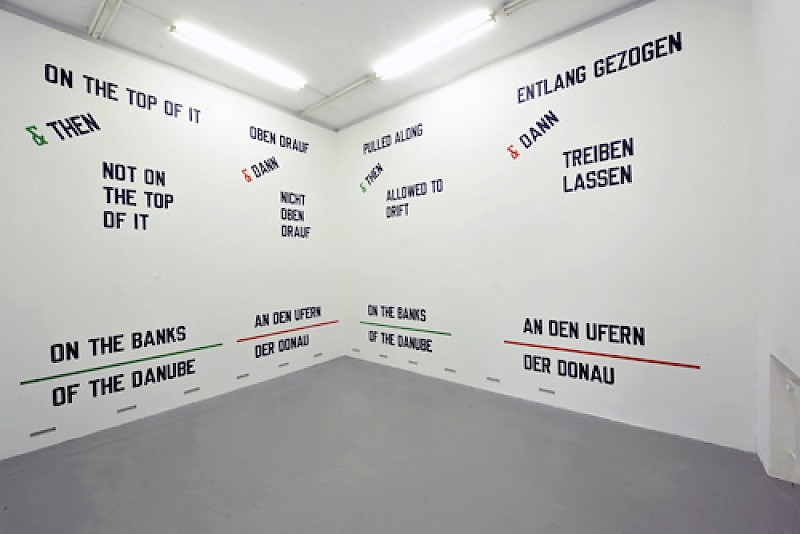"Art in the abstract is a social phenomenon. It describes the relationship between material and human and is a sort of public natural sciences. When art is not exhibited, then it is no art at all. You can be an artist, but you do not make art"
Lawrence Weiner in an interview with Wolfgang Zinggl published in Falter 1991.
The sculptures shown in the gallery guide to the banks of the Danube, and tell us, about a thing, a matter, even a human (a criminal case?) placed at the riverside, doing, moving, simply being.
A plain message. It frees your head.
A fine expression, the musicality of the words could flow in the Donauwalzer, that flies with Stanley Kubrik into the sky .....
There is no necessity to make an effort of the artist statement from 1969, in which he published the three significant possibilities of creating a piece of art (by the artist, someone else or noone), in order to underline the single position of Lawrence Weiner in 20th century art. A position near to concept art but with a sharp segregation to art that contextualise and Duchamp´s tradition: "I don´t find Duchamp an interesting artist: all he was interest in was the opinions of his elders, only in the context." and "when you see the photograph of an installation of mine, essentially all you have to remember is the meaning of the words. You don´t have to remember the architecture. "
This great oeuvre of trouble, an oeuvre without return to a point, is a luxurious work with an eye of the topography of the future.
